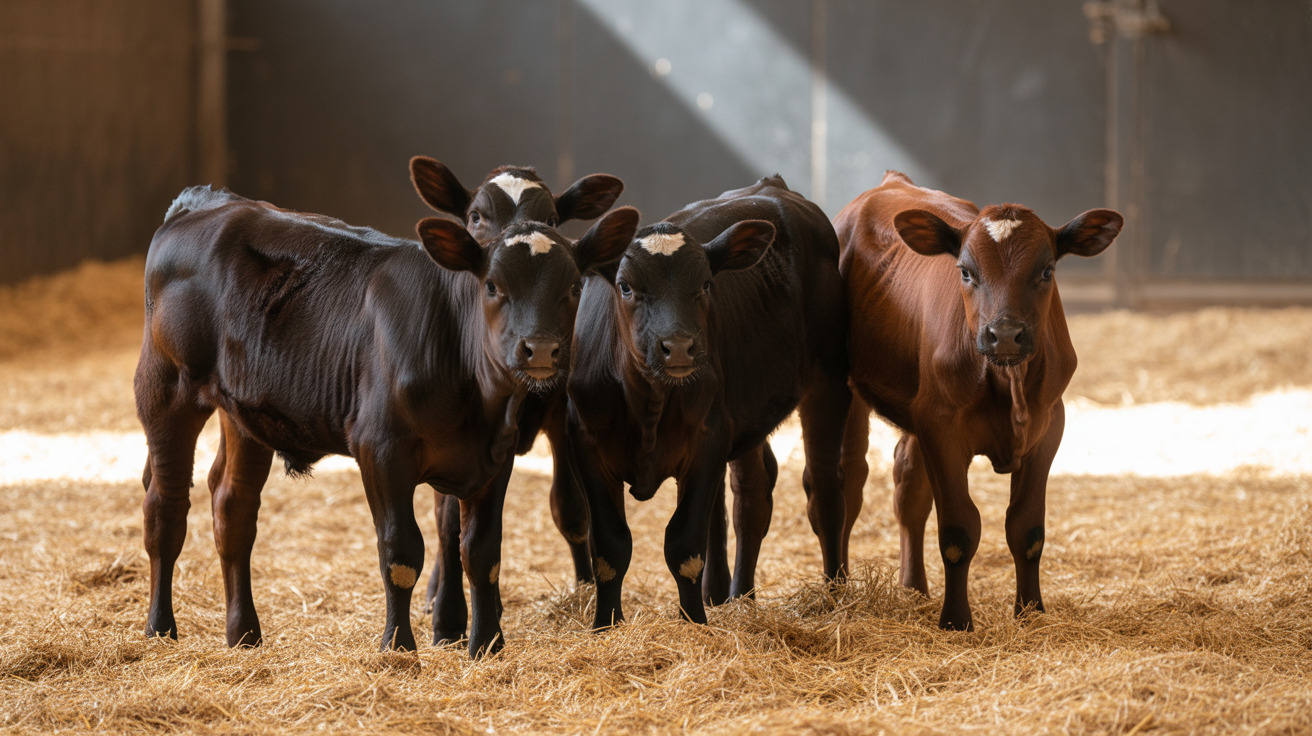Understanding Multiple Birth Calves
Multiple births in cattle are considerably less common than in other livestock species. While twin births occur in approximately 1-2% of cattle pregnancies, triplets and quadruplets are exponentially rarer. The successful delivery of four viable calves represents a remarkable achievement in cattle reproductive biology.
Survival Challenges in Multiple Cattle Births
The survival of all four calves is particularly noteworthy, as multiple birth calves typically face increased risks during and immediately after birth. Common challenges include:
- Reduced birth weights
- Competition for maternal resources
- Higher risk of developmental complications
- Increased maternal stress
Cattle Reproductive Biology and Multiple Births
Multiple births in cattle typically stem from specific biological circumstances. The phenomenon occurs when multiple eggs are released and fertilized, or when a single fertilized egg splits into multiple embryos. Understanding these processes is crucial for cattle farming and genetic research.
Bovine Multiple Birth Complications
While celebrating this rare occurrence, it's important to note that multiple births in cattle can present various challenges:
- Increased strain on the mother cow
- Higher nutritional demands during pregnancy
- More intensive post-birth care requirements
- Potential health monitoring needs
Livestock Genetic Anomalies
This extraordinary birth contributes valuable data to our understanding of cattle genetics and twinning. While multiple births can occur naturally, certain genetic factors may influence their likelihood. However, each case provides unique insights into cattle reproductive biology.
Frequently Asked Questions
How rare is it for a cow to give birth to quadruplet calves?
Quadruplet births in cattle are extremely rare, occurring approximately once in 179 million births. The survival of all four calves is even more exceptional, making this case particularly noteworthy in cattle farming history.
What complications can arise during multiple births in cattle?
Multiple births in cattle can present various challenges, including increased risk of pregnancy complications, higher nutritional demands on the mother, and potential health issues for the calves. Careful monitoring and specialized care are essential for both mother and offspring.
Are multiple birth calves more valuable to farmers?
While multiple births might seem advantageous, their value depends on various factors, including the calves' health, gender, and survival rates. The primary focus remains on ensuring the well-being of both mother and calves rather than economic considerations.
Caring for Multiple Birth Calves
The successful management of quadruplet calves requires dedicated care and attention. Farmers must monitor both the mother's health and the calves' development closely, ensuring proper nutrition and environmental conditions for optimal growth.
This remarkable birth event not only demonstrates the wonders of nature but also highlights the importance of proper cattle care and management in modern farming practices. As we continue to learn more about cattle reproductive biology, such rare occurrences provide valuable insights into the complexities of livestock breeding and care.






